The route of jade
In May 2014, the Jade Museum took up residence at the foot of the National Museum, just a stone’s throw from Democracy Square, home to the Gold Museum.
The circuit of Museums
A walking museum tour now allows tourists and Josefinos alike to enjoy the capital’s cultural riches.
Our advice: start your walk at the National Theatre – a guide is recommended – to make the most of the rich and varied explanations. Then make your way down to the Gold Museum, located beneath Democracy Square at the foot of the theater. Continue on to the Jade Museum.
The rooms are designed in a very contemporary style and cover a variety of themes.
Finally, round off your day at the National Museum, and you’ll have had a good overview of Mesoamerican cultures, Costa Rican history and the civilizations that have populated Central America. Today, it was to the Jade Museum that our steps led us.
Curious to discover this imposing new building, we were keen to explore its nooks and crannies.
The Museum of Jade and Pre-Columbian Art
So on Sunday, we went to visit this new building, which houses over 7,000 pieces of jade, ceramic and stone, most of them made and found in France.
We discovered the many facets and beliefs of pre-Columbian civilizations regarding this stone, which was more precious than gold in the eyes of the Olmecs, Mayas and Aztecs.
In fact, they elevated it to the status of a cult object!
The museum is divided into 5 well-organized floors, each of which features a number of new, interactive and attractive museographic elements. Visitors of all ages can interact and have fun while learning. In fact, touch screens and a variety of games have been put in place to allow the youngest visitors to discover a culture in a very playful way. The luminous walls and imagery have been carefully designed, to the point of sometimes feeling like you’re in the middle of the jungle, surrounded by the fetish animals of our ancestors.
Themes present
Whether you’re in the day room or the night room, the memory room or the tradition room, you can travel through time and discover the daily, religious, sexual, shamanic and warlike lives of pre-Columbian civilizations.
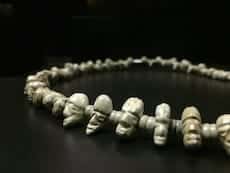
Shamans or caciques, in particular, occupy a prominent place in the museum, as they did throughout the period. Priests, doctors and sorcerers, they organized the religious and spiritual life of the tribes. Shamans used a wide range of hallucinogenic plants to induce trance, and administered numerous physical and psychological treatments based on these preparations. They attached great importance to animals, hence the numerous representations in the objects on display in the museum.
The jaguar, the eagle, the frog, the tortoise, all in relation to the elements such as sky, earth and water. A particularly interesting and attractive area of the museum, where the presence of Sibú (god of the BriBris and Cabecars) is felt.
The room of Jade
The “Jade” room is where you’ll discover the techniques used in the manufacture of the thousands of jade objects that surround you.
At the center of this space, you’ll be able to follow the routes by which the mineral passed through Mesoamerica, and discover the importance of its symbolism, its social use and its uses in shamanic ceremonies.
The day and night rooms
The day: located on the third floor, gives an insight into the daily activities of the people, their relationship with the environment, and animal representations on jade, stone, ceramics and other materials. It shows hunting, fishing and farming activities, daily routines and architectural details.
The night: opposite the previous room, this one deals with themes relating to twilight and the night, and all the beliefs and symbolisms of nocturnal animals such as bats and owls. War and burial rituals are also addressed.
Memory room and temporary exhibition room
Let’s go up one floor and discover how archaeologists and researchers are working to give us a better understanding of this era. Here, we’re shown pre-Columbian clothing, musical instruments, the technology used to make these same instruments and utensils, objects used for sexual purposes or representation, and the traditions inherited from the natives and still alive today in Costa Rica.
One room of the museum is dedicated to exhibitions. Unfortunately, there were no exhibits on Sunday, but this will give us an opportunity to return.
The stock
Unlike many museums, this one has decided to display in a more scientific manner, classifying objects that are currently being studied or that have not found a place in previous rooms. Visitors will find objects organized by archaeological region and typology.
That’s it, the visit ends here, with one regret: the museum store is practically non-existent, even shabby, and we had hoped to be able to find some representations or souvenirs of our visit (along the lines of the Musée de l’Or), but no, nothing.
That’s the only criticism we could make of this cultural space, which we strongly recommend you visit, even with your family.
¡Pura Vida!

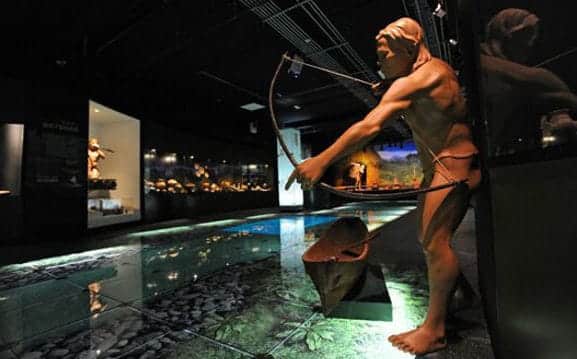
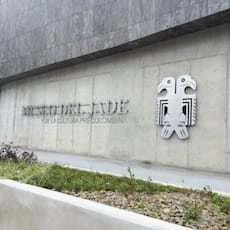
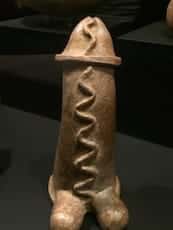

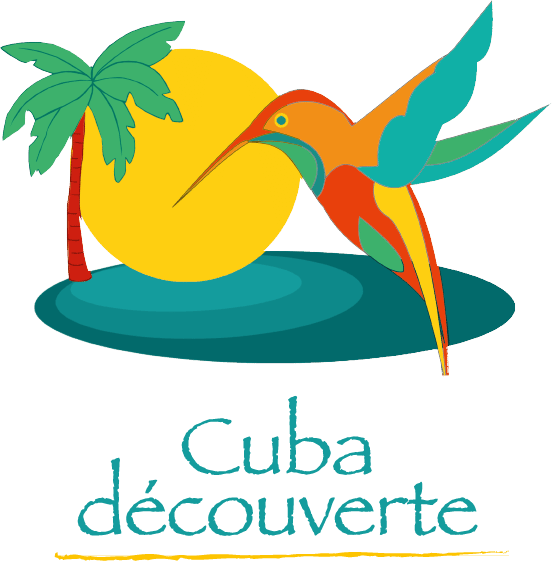
No comment regarding « The route of jade »